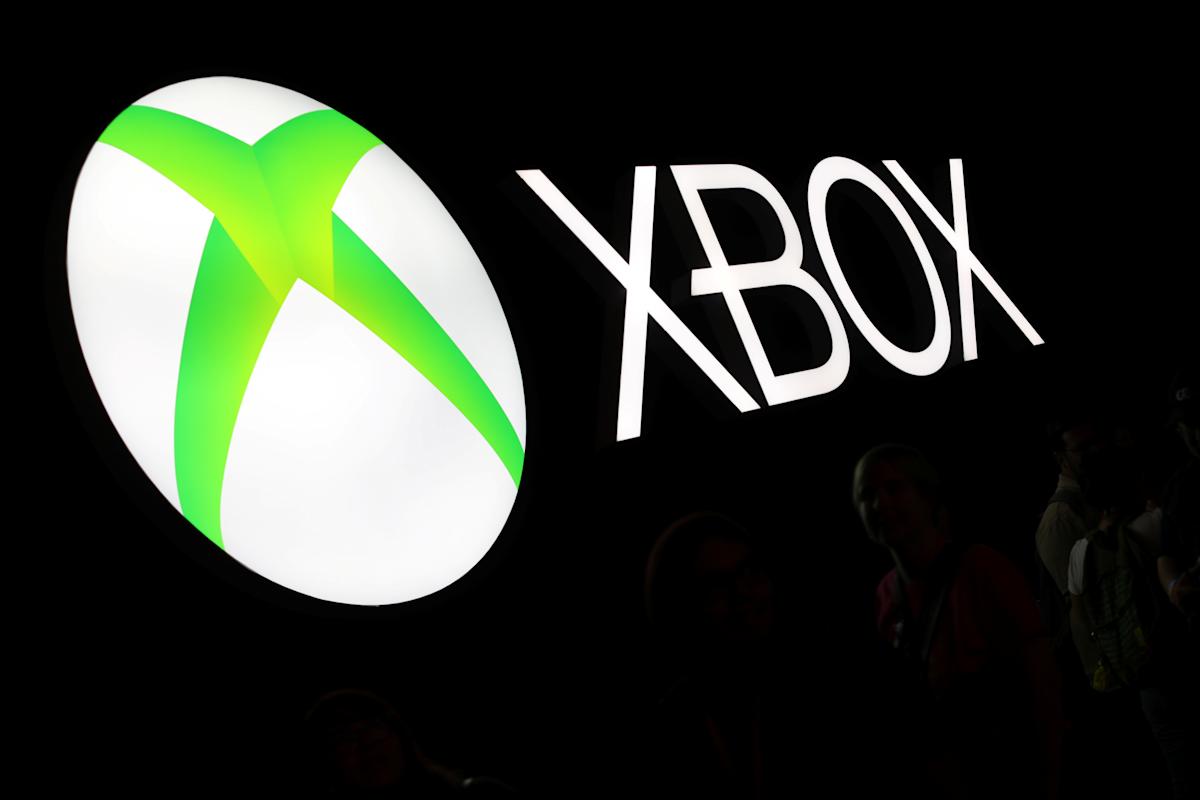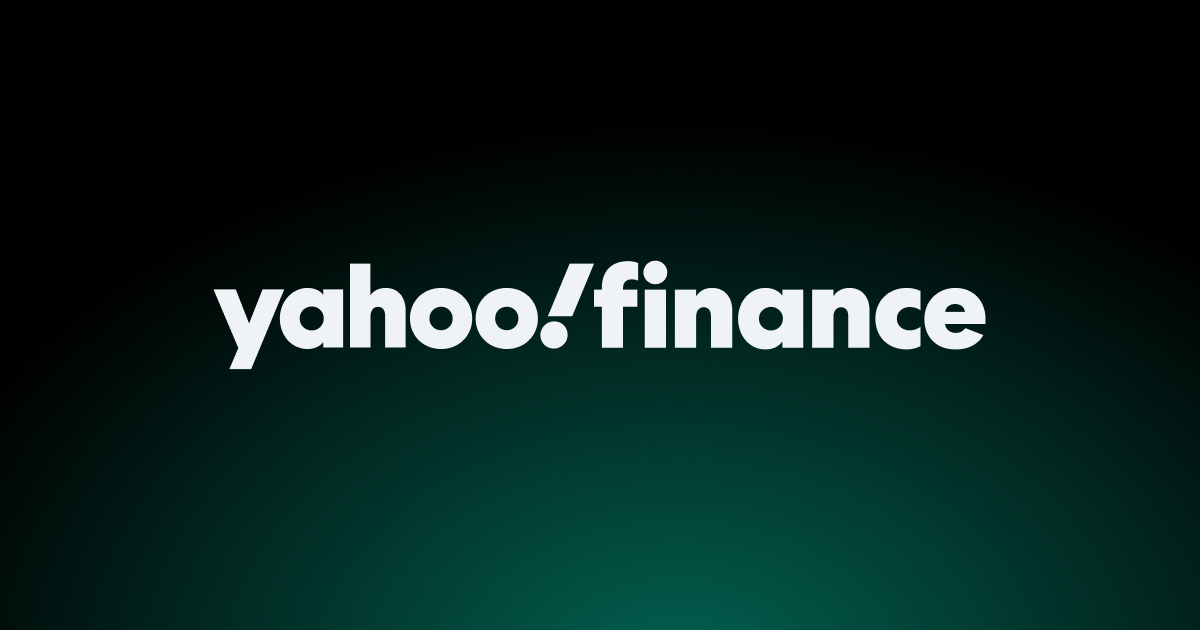## Hold onto your wallets, gamers!
Microsoft just dropped a bombshell: your next Xbox game could cost you a cool $80, and your console itself might set you back even more. The tech giant announced price hikes for both its Xbox Series S and Series X consoles, citing “ongoing economic pressures” and “tariff uncertainty”.

Yep, you read that right. The days of snagging AAA titles for $60 might be fading fast, and the already hefty cost of next-gen gaming is about to get even steeper.
But what does this mean for you, the dedicated gamer? Is this the beginning of a price war in the console landscape? Will studios be able to justify these price hikes? We’re breaking down the news, exploring the potential impact, and offering our take on what this means for the future of gaming.

Exploring Game Pass Value: Analyzing the Subscription’s Appeal in the Face of Price Increases
Mitigation Strategy
In the wake of Microsoft’s announced price hikes for Xbox consoles and games, the value proposition of Xbox Game Pass takes center stage. The subscription service, offering access to a vast library of titles for a monthly fee, emerges as a strategic counterbalance to the rising costs. While standalone game prices climb to $79.99, Game Pass subscribers continue to enjoy a diverse catalog of games for a fraction of the cost. This creates an attractive incentive for gamers to shift their spending habits towards subscription-based gaming, potentially mitigating player pushback against the price increases.
Financial Efficiency
For budget-conscious gamers, Game Pass presents a compelling financial model. Instead of investing in individual games at elevated prices, subscribers gain access to a rotating selection of hundreds of titles. This approach allows players to explore a wider variety of games, discover hidden gems, and enjoy new releases without the financial burden of repeated high-priced purchases. The flexibility and value-for-money offered by Game Pass become even more appealing in a market where individual game costs are escalating.
Strategic Positioning
Microsoft’s emphasis on Game Pass aligns with a broader industry trend towards subscription-based services. By positioning Game Pass as a core element of its gaming ecosystem, Microsoft aims to foster long-term customer engagement and loyalty. The subscription model encourages recurring revenue streams, providing a more stable and predictable income source compared to the volatile nature of individual game sales. This strategic focus on Game Pass not only mitigates the impact of price increases but also positions Microsoft to capture a larger share of the evolving gaming market.
Strategic Positioning: How Game Pass Could Mitigate Player Pushback and Drive Subscription Growth
Addressing Price Sensitivity
The price hikes for Xbox games and consoles inevitably raise concerns among players about affordability. Game Pass serves as a crucial tool to address this sensitivity. By offering a more cost-effective entry point into the Xbox ecosystem, Game Pass alleviates the financial strain associated with purchasing individual games at higher prices. This approach resonates particularly with casual and budget-conscious gamers, who may be deterred by the increased cost of standalone titles.
Expanding Accessibility
Game Pass’s inclusive nature further enhances its appeal in the face of price increases. The service’s tiered pricing structure, ranging from $9.99 to $19.99 per month, caters to diverse budgets and gaming preferences. This accessibility fosters a wider adoption of Game Pass, attracting players who might otherwise refrain from purchasing expensive games. By democratizing access to a vast library of titles, Game Pass strengthens Microsoft’s position as a gaming platform that caters to a broad audience.
Driving Subscription Momentum
Microsoft’s strategic alignment with Game Pass is poised to drive significant subscription growth. The rising cost of individual games creates a natural incentive for gamers to explore subscription alternatives. As Game Pass continues to expand its library with new releases and exclusive titles, its value proposition becomes increasingly compelling. This momentum is further amplified by the service’s availability across multiple platforms, including Xbox consoles, PCs, and mobile devices, creating a seamless and interconnected gaming experience.
Future Implications: Will Game Pass Become the Dominant Gaming Model Amid Rising Prices?
Shifting Industry Landscape
The price increases announced by Microsoft and Nintendo signal a potential paradigm shift in the gaming industry. As the cost of game development and production rises, subscription models like Game Pass are likely to gain prominence. The trend towards subscription-based services reflects a broader consumer shift towards value-driven consumption, seeking greater flexibility and affordability in entertainment options.
Long-Term Sustainability
Game Pass’s success hinges on its ability to sustain a robust and diverse library of titles. Microsoft’s commitment to investing in exclusive content and acquiring prominent studios like Bethesda and Activision Blizzard underscores its dedication to enriching the Game Pass catalog. This continuous influx of high-quality games is crucial for maintaining subscriber engagement and solidifying Game Pass as a dominant force in the gaming market.
Potential for Dominance
While the gaming landscape remains competitive, Game Pass’s strategic advantages position it favorably for long-term dominance. Its all-inclusive nature, affordability, and accessibility appeal to a wide range of gamers, potentially reshaping consumer behavior and industry practices. As price pressures intensify and gamers seek more value-oriented options, Game Pass is poised to become a cornerstone of the gaming experience, influencing the future trajectory of game development, distribution, and consumption.
Consumer Conundrum: Navigating the New Gaming Price Reality
Budgeting for Gamers: Practical Tips for Managing Expenses in a Higher-Priced Market
In the face of rising game prices, savvy gamers can implement practical budgeting strategies to maximize their gaming experience without breaking the bank.
- Prioritize Purchases: Focus on games that align with your interests and gaming habits, avoiding impulse buys on less critical titles.
- Embrace Sales and Discounts: Actively monitor digital storefronts for sales events, utilizing coupons and promotional offers to secure games at reduced prices.
- Explore Subscription Services: Leverage Game Pass and similar subscription models to access a wide library of games at a fixed monthly cost, optimizing value for money.
- Consider Pre-Owned Options: Explore reputable second-hand game marketplaces to acquire physical or digital copies at discounted rates, extending the lifespan of your gaming budget.
- Second-Hand Marketplaces: Platforms like eBay, Facebook Marketplace, and dedicated gaming resale sites offer a wealth of pre-owned games, often significantly cheaper than new releases.
- Digital Storefronts: Discounted digital copies on platforms like Steam, GOG, and the Epic Games Store provide access to games at reduced prices, bypassing physical retail markups.
- Game Sharing: Engage in responsible game sharing practices with friends or online communities, rotating ownership of games to maximize playtime while minimizing individual costs.
- Shift towards Subscription Models: Increased affordability and value propositions of subscription services like Game Pass will drive gamer adoption, reshaping purchasing habits.
- Emphasis on Free-to-Play and Indie Games: Budget-conscious gamers may gravitate towards free-to-play titles or explore the diverse offerings of indie developers, seeking cost-effective entertainment options.
- Extended Game Lifecycles: Gamers may hold onto games longer, utilizing second-hand markets or sharing practices to maximize value and postpone new purchases.
Second-Hand and Digital: Exploring Alternatives to Combat Price Hikes
Beyond traditional purchasing methods, gamers can explore alternative avenues to mitigate the impact of price increases.
Long-Term Impact: How Will These Price Changes Shape Consumer Behavior and Gaming Habits?
The sustained rise in gaming prices is likely to influence consumer behavior in several key ways:
Industry Outlook: A New Era for Console Pricing and Game Development
Setting a Precedent: Will Other Publishers Follow Microsoft’s Lead?
Microsoft’s price adjustments for Xbox consoles and games set a precedent that could influence other major publishers. As production costs rise and market conditions evolve, similar price increases might become commonplace across the industry.
- Competitive Pressure: Rival console manufacturers like Sony and Nintendo may face pressure to align their pricing strategies to remain competitive in the market.
- Industry-Wide Trend: The gaming industry may witness a broader adoption of tiered pricing models or subscription services as publishers seek to balance revenue streams and consumer affordability.
- Focus on Efficiency: Enhanced development tools, streamlined pipelines, and agile methodologies could become more prevalent to optimize resource allocation and reduce development expenses.
- Emphasis on Live Service Models: Games with ongoing updates, expansions, and microtransactions may gain further traction, providing sustained revenue streams beyond initial sales.
- Indie Game Surge: Smaller studios with leaner operations and creative approaches may flourish, offering innovative experiences at potentially lower price points.
- Hybrid Pricing Models: A blend of traditional retail pricing, subscription services, and free-to-play elements may emerge, catering to diverse consumer segments and budgets.
- Emphasis on Value and Content: Developers will prioritize delivering high-quality experiences with substantial content to justify higher price points, focusing on longevity and replayability.
- Cross-Platform Convergence: Seamless integration across consoles, PCs, and mobile devices will become increasingly important, offering gamers greater flexibility and access to content regardless of platform.
Innovation and Investment: How Price Increases Could Influence Game Development Practices
Rising production costs may incentivize developers to explore innovative approaches to game design and development:
The Future Landscape: Speculating on Potential Price Trends and Gaming Market Evolution
The gaming market is poised for a dynamic evolution shaped by price pressures and evolving consumer preferences:
Conclusion
So, there you have it. Microsoft, echoing a trend across the gaming industry, has raised its Xbox console prices and is set to launch new titles at a hefty $80. This move, driven by economic headwinds and the unpredictable landscape of global tariffs, signals a shift in the way we consume games.
The implications are far-reaching. For consumers, the increased cost of entry may deter some from joining the gaming world or expanding their libraries. For developers, the higher price point could lead to increased pressure to deliver groundbreaking experiences that justify the premium. And for the industry as a whole, this move raises questions about the long-term sustainability of pricing models in an era of escalating production costs and global uncertainty. Will gamers be willing to shell out more for their entertainment? Will developers innovate to deliver experiences that truly warrant the price increase? Only time will tell.
One thing is certain: the gaming landscape is changing, and this price hike marks a significant milestone on that journey.